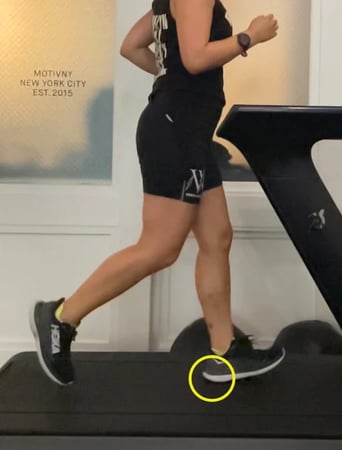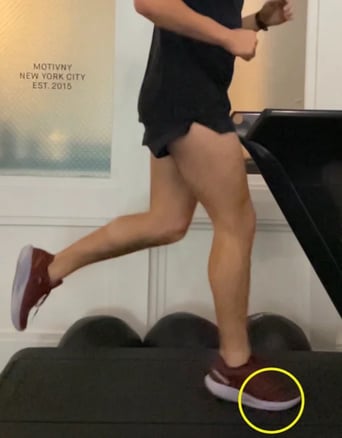Improving Running Efficiency with A Gait Analysis
August 31, 2023
Why You Should Get a Running Gait Analysis
The mechanics of walking and running are embedded in our nervous system, which is why toddlers are able to figure it out before they can even talk. In comparison, learning to kick a ball or swing a bat may require exact cues on how to place your feet and hands.
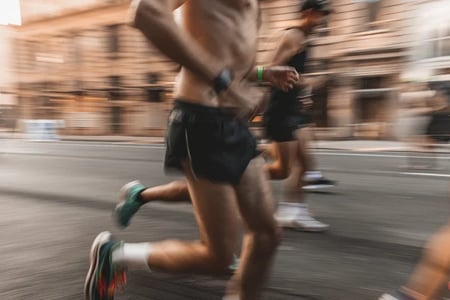
Current research suggests that deviations from "normal" running gait is not a predictor of injury, so changing your gait does not guarantee that you will never get injured. That being said, while there is not necessarily an "ideal" running form that prevents all injury, we can still work towards improving our form in order to improve efficiency and performance.
For example, take two runners that both overpronate, meaning the arches of their feet flatten and their ankles roll inward as they take a step. One may have serious pain through their feet, and the other may not, and you would not necessarily be able to determine who has pain and who doesn't just from this piece of information. However, you can say that both are losing a certain amount of performance through the fact that they are unstable through their feet and are unable to create as much force through their feet when pushing off the ground to propel forward.
Biomechanical Discoveries
What do Physical Therapists and Coaches look at when conducting a gait analysis? There are multiple things to see at every joint of your body, which is why slow-motion video is often used as a way to replay and review your running. One of the most important aspects to look for are deviations from biomechanically efficient running form, which can inform the strength and mobility routine that YOU should be doing as opposed to everyone else. Here are a few common things to look at, which often require further assessment of your body and non-running movement to understand why you might be doing these things.
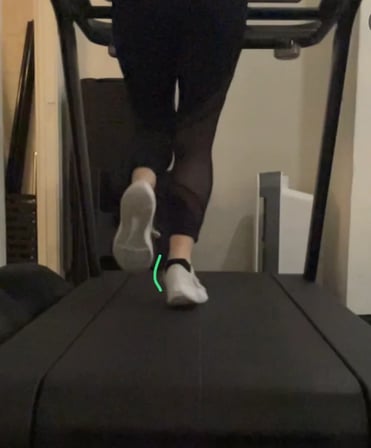
- Foot stability: The control with which your foot strikes the ground and pushes off can be an indication of foot and ankle stability, and can also inform what types of shoes you should be wearing.
- Knee and hip motion: Knee valgus, or the collapse of your knee inward when taking a step, may point to a lack of stability at your adjacent joints, like your hips or ankles. Seeing this in a gait analysis should lead your physical therapist to examine where the breakdown is occurring and what joints or muscles to target in your cross-training.
- Torso angle: In order to generate forward propulsion effectively, your entire body should be pitched forward from your ankles up (like a trust fall). Leaning from only the hips up or flaring through your ribcage can cause stress on your lower back or impact your breathing.
Immediately Actionable Takeaways
Because biomechanical deviations often stem from strength or mobility shortcomings and require time to address, consider that information from a gait analysis your "long game." Meanwhile, a few data points you can immediately use include:
- Whether you are a heel striker or a forefoot striker, and whether it matters to your running
- Whether you overstride: Taking too long of a stride, or reaching your foot too far in front of you, negatively affects the momentum of your run and increases shock and impact through your body.
- Whether your cadence is on target and adequate
- Whether the shoes you're wearing are supporting you correctly (hint: marketing words like stability shoes or max cushion shoes are just that: marketing, and have little bearing on whether that shoe is actually right for you).
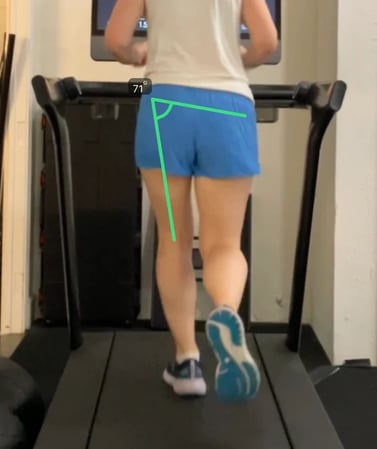
When Should I Get Analyzed?
The information that you take away from a gait analysis can be insightful and helpful no matter how deep you are into your running career. The only time of year to raincheck on a gait analysis would be right before a big race, when you don't want to be making changes right before your big performance. Otherwise, running mechanics and economy is something that can be worked on through your off season, your base build, and even the front end of your training block.
Implementing Change
Changing your running form can be mentally taxing, especially if you are given multiple cues to try. Try doing "interval training" for your brain when working on making changes: Spend a few minutes of your run consciously focused on one specific cue, and be mentally alert to the feedback your body is giving you. Then, relax into a normal run in order to "rest" for a few minutes before trying again. Remember that change is hard to make, and takes a great deal of patience and time.
If you're ready to learn more about what your body is doing when you're running, book a session with our Run Coach Greg Laraia today.
